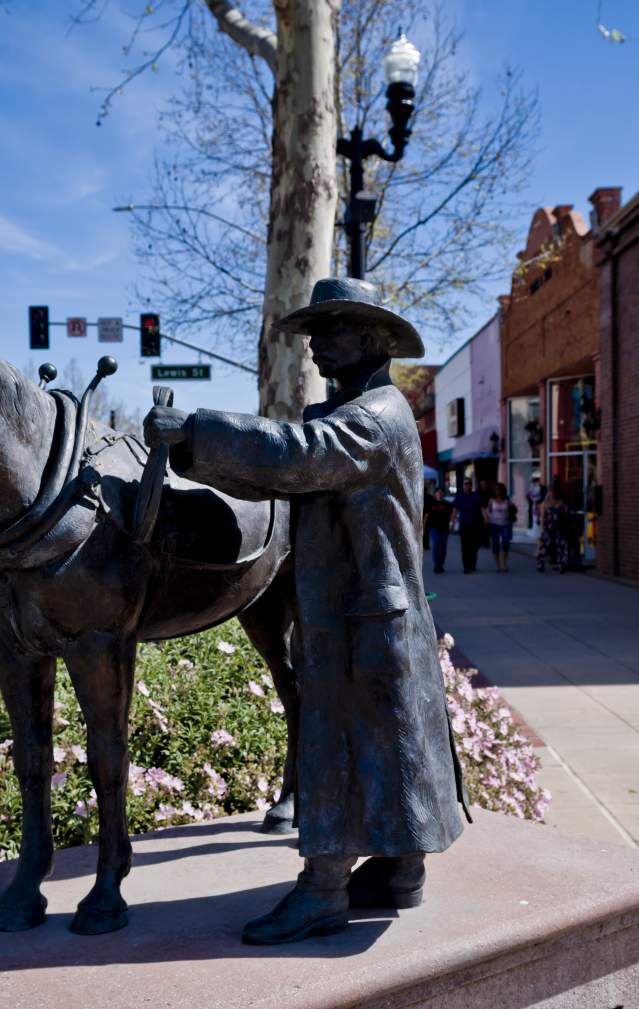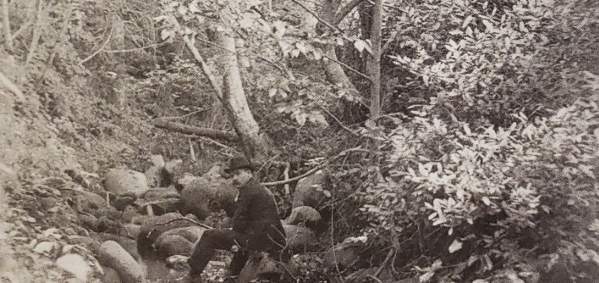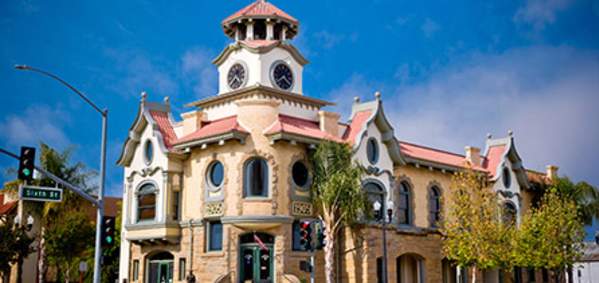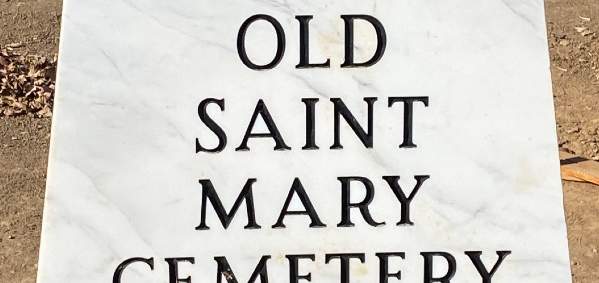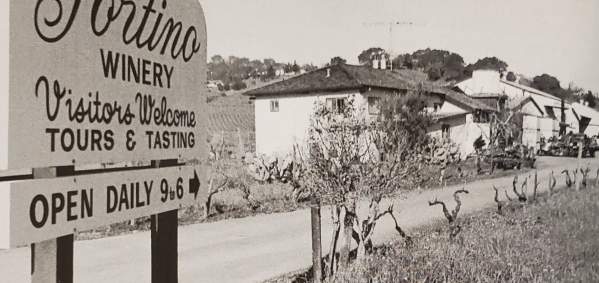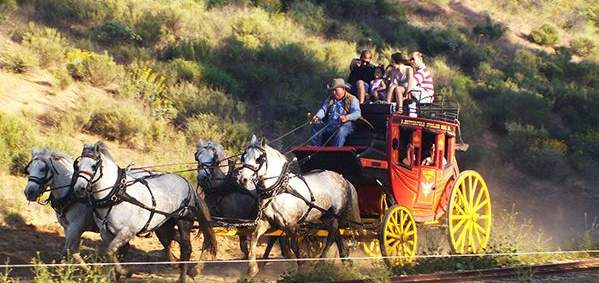A Brief History of Gilroy
Early History
The first inhabitants of the greater Gilroy area are often referred to as the Ohlone Indians. They were part of the Mutsun Nation, which at one time was comprised of some 22 Central Coast tribes; this region was home to the Amah Mutsun, officially titled the Amah Mutsun Tribal Band of Ohlone/Costanoan Indians. They lived primarily by hunting and gathering, and some gained extensive knowledge of the healing powers of the flora and fauna that surrounded them. Their lives were tragically altered by the late-1700s arrival of the Spanish missionaries and their military units. By the late 1790s, the local native people had been forcibly relocated to Mission sites at either Santa Cruz or San Juan Bautista where they served as laborers and suffered further, grievous abuses. Spanish settlement increased in this region in the first two decades of the 1800s. The earliest Spanish land grants in the Gilroy area were the Las Animas (covering much of present-day Gilroy) and the San Ysidro (east of town) grants. After Mexico seceded from Spain in 1821, and took control of California in 1822, many additional Mexican land grants were issued.
John Cameron (Gilroy): First English-Speaking Settler in California
John Cameron was born in a southern district of Inverness-shire, Scotland in 1794. At 19, he left home, hiring aboard a British trading ship which arrived, in 1814, at what was then the Spanish harbor of Monterey. It’s unclear when the young sailor changed his surname to Gilroy, his mother’s maiden name, but he was baptized Juan Bautista Gilroy at the Mission San Carlos Borromeo del Rio Carmelo, and before long was conversant with Spanish. Eventually, he journeyed further inland to Rancho San Ysidro where he made barrels for the Rancho’s owner, Don Ygnacio Ortega. In 1819 Gilroy received permission from the Viceroy of Spain to remain in California and to marry. Two years later Gilroy wed the Ortegas’ daughter, Maria Clara, at Mission San Juan Bautista. Of their 17 children, 9 survived to adulthood. In 1833, Gilroy became a naturalized citizen of Mexico and he is buried in the Old St. Mary Cemetery.
Gilroy Grows and Incorporates
After the Mexican American War (1846-48) and following the gold rush years, disillusioned miners and pioneers from many parts of the world were drawn to this fertile, crossroads community, sparking agricultural enterprises and new businesses in the area that often reflected their diverse cultures. Like the Spanish and Mexican settlers, the newcomers raised livestock and were grain farmers. They also planted tobacco and orchards; their vineyards led to fine wineries, and dairy farming led to butter and cheese production. A logging and lumber enterprise, several small hotels, and the first blacksmith shop are just a few of the businesses begun by immigrant settlers. From its start in 1850 as a stage and postal station along Monterey St.—part of the original El Camino Real—the village was incorporated in 1868 as the Town of Gilroy. In March 1870, an act of the state legislature incorporated Gilroy as a full-fledged city. Our early leaders lobbied for railroad access, and in 1869 a connecting rail line was completed, making this community a hub of the southern Santa Clara Valley. The Gilroy Advocate, the first newspaper, began publishing a weekly edition in the fall of 1868. In May of 1949, the Advocate was absorbed by The Dispatch, which continues to serve the Gilroy community.
From Cattle to Farming
In the late 19th century the local property owned by Miller and Lux began to be partitioned and sold. This partition allowed the physical boundaries of Gilroy to expand, and farming, rather than ranching, to increase dramatically. The farmland became primarily orchard crops such as prunes, cherries, and apricots. Farming co-operatives such as Sunsweet were formed to facilitate the dehydration of these crops. Tree crops dominated agriculture around Gilroy until the early 1960s, when orchards were supplanted by row crops such as tomatoes, sugar beets, and, of course, garlic. Additionally, Gilroy’s surrounding fertile land became home to a thriving seed industry pioneered by Lin Wheeler of Pieters-Wheeler Seed Company.
Garlic Capital & More
While Gilroy has grown enormously it still retains some of its small-town feel and honors its agricultural roots. Every summer Gilroy’s Garlic Festival (held on the last full weekend of July) draws thousands of fans of ‘the stinking rose’. They come from around the world, all ages and sizes, to enjoy the tangy food, the upscale art and entertainment, the Cook-off competition and so much more. The Festival’s pulse is fired by a vibrant, community-volunteer Spirit, one that radiates gracious and fun-loving hospitality to all attendees—a force that has driven Gilroy’s development from its earliest days. For more information please click the link: Gilroy Garlic Festival.
This brief, historical overview is only meant to introduce the reader to the City of Gilroy’s history. To learn more about Gilroy please visit the Gilroy Historical Society and Museum. They also lead very informative walking tours.
This is an excerpt from the City of Gilroy's website.
